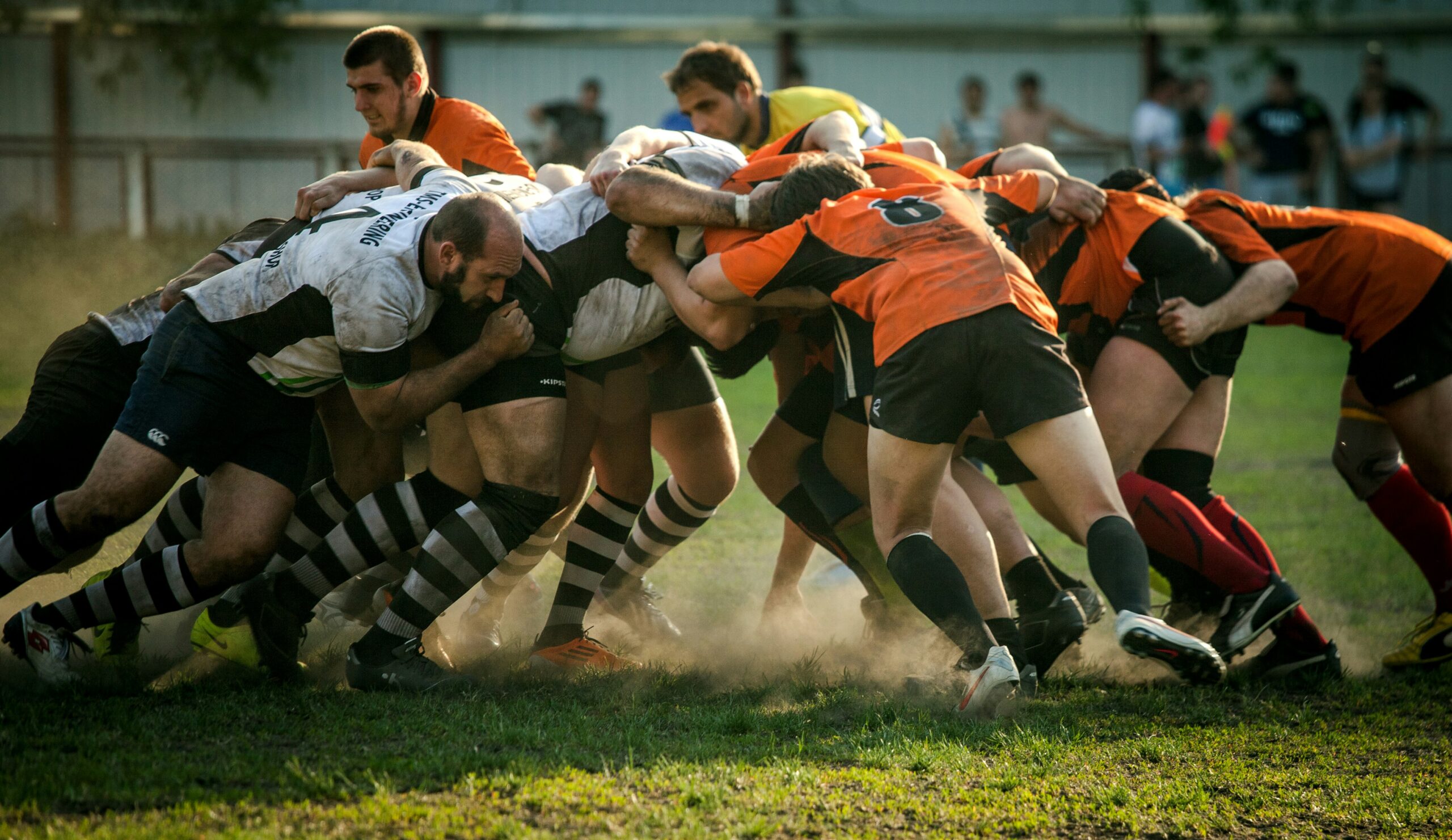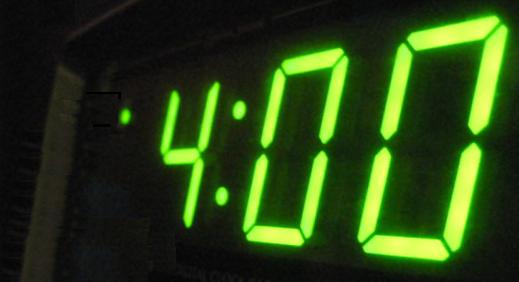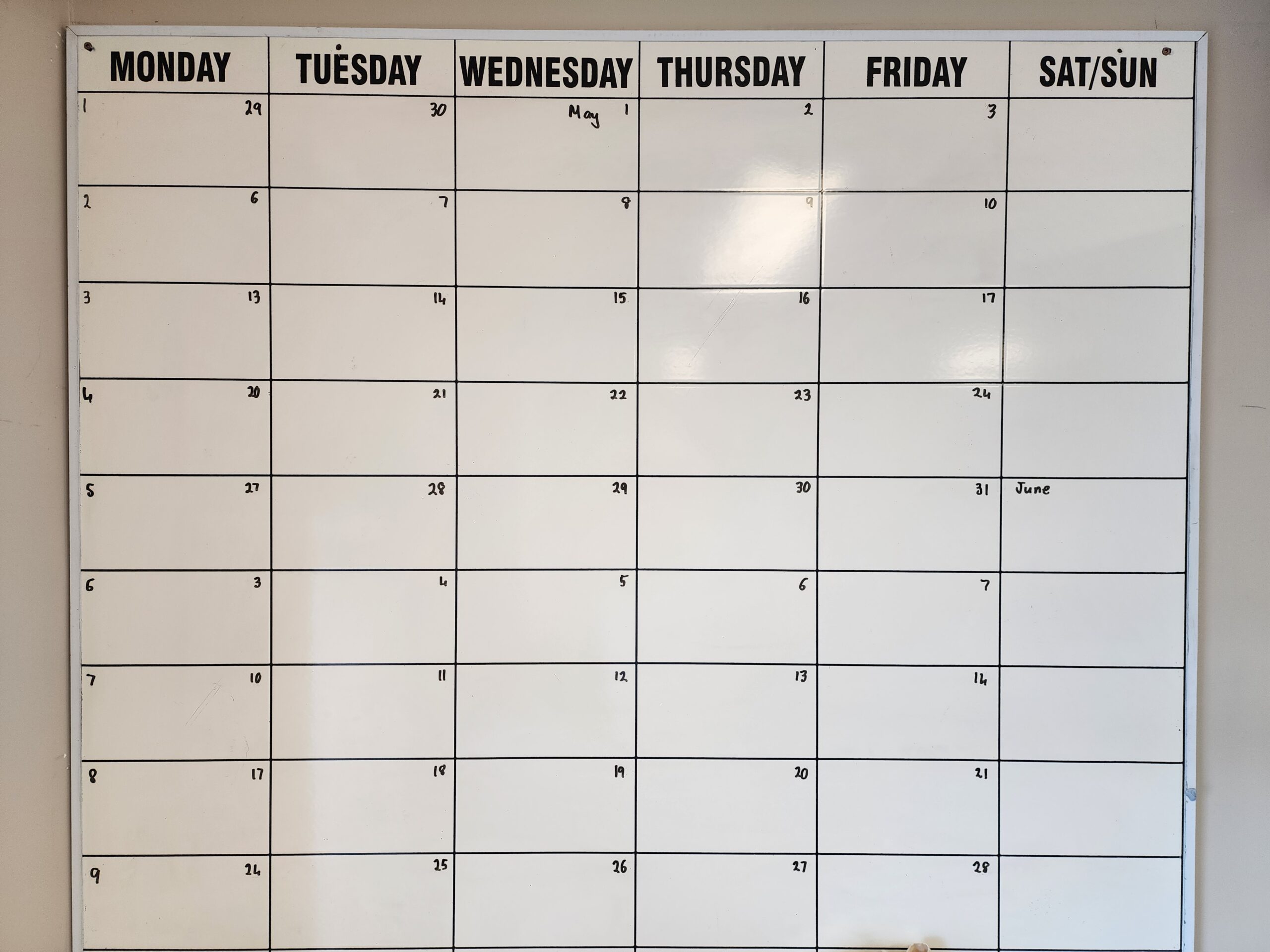
Photo by Olga Guryanova
In the sport of rugby union, there’s a thing called a ‘scrum’ where the opposing teams’ forwards push against each other while trying to win the ball. By design, scrums mean large forces are put on the players shoulders, necks and backs and to limit possible injury, these contests used to start with a sequence called touch, pause, engage.
The opposing players reach out and touch their opposition (which ensures they are close together), they then pause to allow everyone to be ready, and only then do they engage with their opposition.
. . .
I recently listened to an experienced school leader explaining how they had learnt to slow down when faced with difficult situations. Hard won experience had taught them that to react quickly was often to react ineffectively. As they were talking, I couldn’t help but notice that they were describing a touch, pause, engage strategy.
When debriefing scenarios that have gone badly between adults, missing any one of these steps is usually the reason why.
For example, if an issue arises, it is tempting to jump straight to ‘engage’ and to try and sort the situation out immediately. The problem with this is the emotions are likely to be very strong and this usually makes it impossible to resolve anything.
Likewise, if an issue arises and you decide to wait to let people ‘cool down’, but don’t at least acknowledge the issue exists, you create a vacuum that will inevitably be filled by people’s imagination. Not good.
And if you do acknowledge the issue, and give some wait time to let emotions cool off, but don’t then work to actually resolve the situation . . .
. . .
My suggestion when the next curly situation arises is to:
Touch – despite any time/workload impediments, reach out via email/phone/message and let the person know you are aware there is a problem and that you are committed to resolving it. This can be very brief but fills the void of ‘nothingness’ that could exist. Give them an estimate on when you’ll get back to them.
Pause – don’t do anything more for a while. Over night is a good pause period. You can gather a little intel if appropriate but without any pressure to come up with a solution.
Engage – organise a meeting/phone call and start working through the situation. If it is still heated (emotional), add another pause. Rinse and repeat as needed.
It took me a while to understand that the touch phase often makes or breaks the eventual outcome. Practice makes perfect here, but a couple of things I’ve learnt are; phone calls trump emails, if you have to email, the only purpose is to tell them you’re on it – keep it very brief, set your pause period and stick to it.
Happy Friday.
Dave














